Get outside to study nature as you hunt for signs of autumn with your kids! (First published August 15, 2015; this post is updated and republished to improve the content.)
Search for the signs that fall has arrived with this “signs of Autumn” fall scavenger hunt idea! Learn more about the signs of fall and teach your children about autumn and the changing seasons with this fun and educational nature science activity. When the long days of summer begin to slowly change to the crisp, cool, and colorful days of autumn, pay attention to the changes occurring in the natural world around you.
As the hot days of summer give way to cooler temperatures in late August, you can begin to see the tell-tale signs of fall appearing everywhere. The seasonal autumn colors make the fall a great time to get outside and enjoy nature’s beauty. You may also enjoy this list of fall activity ideas with a printable bucket list.
Search for Signs of Fall: An Autumn Scavenger Hunt.
As the fall approaches, my daughter and I like to point out the signs we see, hear, smell, and feel like it’s a scavenger hunt on our daily walks. It is an educational game that we like to play whenever the seasons begin to turn.
The transition from summer to autumn is a magical time of year, marked by a unique set of signs that captivate the senses and enliven the spirit. It’s also a great time of year to collect a few colorful autumn leaves and other natural treasures, such as acorns, to make fall nature crafts.
Inviting children outside to enjoy a fall scavenger hunt to look for signs of the changing seasons is a great way to study nature and teach children about weather, climate, ecology, and seasonal changes. (Learn more about the fall autumnal equinox and why the seasons change; click the link!)
What months are considered the fall season?
The meteorological season of fall, or autumn, happens during the months of September, October, and November. However, some cultures celebrate the beginning of fall at the first harvest in August.
Is Autumn and Fall the Same Thing?
Yes, “autumn” and “fall” are two different words that refer to the same season, so you will notice that they are used interchangeably throughout this post. In many parts of the world, particularly in North America, the season after summer and before winter is commonly called “fall.”
However, in many other English-speaking regions, including the United Kingdom, “autumn” is the preferred term. Both words describe the third season of the year when the days become colder, the nights longer, and the leaves on deciduous trees change color and fall to the ground. However, in some areas, this season was also commonly called harvest.
What is the season of fall known for?
One of the most iconic signs of fall is the transformation of the foliage when leaves change color. In autumn the lush greens of summer shift into a breathtaking array of reds, oranges, and yellows.
Once the colors of fall paint the sky with their crimson hue, it’s only a matter of time before the trees shed their colorful autumn leaves and fall. Leaving behind a golden carpet of lush autumn foliage wherever a deciduous tree is. Until someone cleans the autumn leaves up, which is another sign of fall. Scroll down to see more of the most common characteristics of the fall.
Why do leaves change color in the fall or Autumn?
Leaves contain a substance called chlorophyll that allows trees to produce their own food from sunlight and gives leaves their vibrant green color. As the days grow shorter in the fall and the length of each night increases (especially after the Autumnal equinox), chlorophyll production slows down and eventually stops.
Soon, any remaining chlorophyll in deciduous trees and bushes is destroyed. Making it possible for the carotenoids and anthocyanin naturally present in the leaves to show their colors. The landscape becomes awash with the vibrant red, orange, and yellow hues that make autumn a visually spectacular time of year.
In other words, these fall colors were always present within the leaves but hidden by the pigment chlorophyll and its characteristic green color. Once chlorophyll production slows down and stops, these colors can take center stage and shine.
Related: Forest School: Outdoor Learning and Nature Activities for Kids
How is this Autumn scavenger hunt activity educational?
Searching for the signs of fall is an excellent educational activity because there are several unique learning opportunities. For example, as children witness the leaves of trees changing colors in the fall, they might notice that some trees change colors while others do not. This allows children to notice some of the differences between trees and understand their differences and why.
Deciduous trees change colors and lose their leaves, while evergreen trees do not. A child’s natural curiosity will lead them to wonder why, and this opens the door to more learning opportunities.
Some animals migrate or hibernate for the winter, while others do not. Some crops begin to ripen while others go fallow. Each of these observations can turn children into keen scientists full of wonder, naturally discovering new things about the big world around them on their daily explorations and adventures.
Related: Heart Shape Nature Scavenger Hunt
Printable Fall Scavenger Hunt for Kids
Get outside to explore the beauty of the fall season with this fun outdoor activity idea. Search for the signs that autumn has arrived. Look for the signs that fall is here or on its way with the list of ideas below. Or download our printable fall scavenger hunt. Get the printable HERE–> Signs of Autumn Scavenger Hunt.
Or, try this printable fall scavenger hunt with pictures HERE–>Fall Scavenger Hunt. (It’s better for younger children such as toddlers, preschoolers, and kindergarteners.)
Signs of Fall to Hunt for
Below, we have listed some common signs that the fall is approaching that are also included in the printable scavenger hunt. Although the descriptions of the signs of fall below provide more information and greater detail than the printable autumn scavenger hunt. (We had to keep the printable fall scavenger hunt short and sweet because not everything can fit on one page.)
Of course, different parts of the world will experience signs and characteristics of the fall that are not on this list. The signs of fall you see are based on the geography of the area and the climate and biome in which you live, or rather, are at the moment should you be traveling.
We’d love to hear all about the seasonal sights you notice appearing around you! Feel free to share any unique signs of fall in your area in the comments below.
Weather and Climate Signs of Autumn
The fall is the season that many people get to bid farewell to the sweltering heat of summer and welcome the brisk, refreshing air of fall. The season’s cool temperatures are perfect for outdoor activities, whether hiking through forests or enjoying a cozy evening around a bonfire.
As the days grow shorter, the nights become longer, and beautiful starlit skies become the perfect backdrop for stargazing. This makes the fall a great time to break out your telescope to learn about astronomy and the celestial wonders above. Here are a few more common weather and climate signs of fall:
Signs of Fall in the weather or climate:
- The quality of the air changes, becoming crisper and cooler, especially in the morning.
- Temperatures begin to drop.
- The air begins to smell a bit different.
- In the early morning, you may notice dew on grass and spiderwebs, creating a glistening and fresh feel to the landscape.
- The angle of the sun in the sky changes.
- The light of day begins to soften, and the strength and quality of the sunlight changes.
- Shorter daylight.
- Each day gets noticeably shorter (and darker) as the sun sets earlier each night. The reason for this can be found HERE.
- The direction of the wind changes, and windy days become more common.
- Hurricanes and tropical storms begin to happen.
Related: Nature Scavenger Hunt with Sensory Card
Related: The Best Fall Art Projects for Kids
Plant Life Signals that Autumn is Approaching
In the autumn, daylight hours become shorter, and nights become longer. This shift in daylight triggers various natural processes, including the fascinating ways plants and animals prepare for winter. (The signs of autumn in the animal kingdom can be found in the next section.)
As mentioned above, one of the most visible signs of fall is the transformation of leaves from vibrant greens to shades of red, orange, and yellow. This phenomenon is due to the breakdown of chlorophyll, revealing the hidden pigments in leaves.
Many flowering plants also begin to wither and lose their petals. While late-blooming fall flowers like chrysanthemums become more prominent. Here are a few more signs of autumn:
Signs of fall in the plant kingdom:
- The leaves of trees begin to change colors and fall to the ground. (Only evergreen trees retain their green color.)
- Autumn colors begin to appear everywhere. Reds, oranges, yellows, and browns begin to make the world a lovely place.
- Deciduous trees shed their leaves as the days grow shorter, and temperatures drop.
- Autumn leaves create a carpet of colors on the ground, making for picturesque landscapes.
- Acorns, pinecones, Sycamore “helicopters,” and other nuts and seeds fall to the ground.
- Some plants, like coneflowers and milkweed, produce spiky seed pods that burst open in the fall, scattering seeds to ensure their propagation in the next growing season.
- Grass doesn’t grow as fast in the fall.
- Most flowering plants wither and lose their petals in response to the colder air, while fall flowers such as Aster, Margarets, Goldenrods, Chrysanthemums, and Spider Lilies bloom.
- Flowering Ivy can also be spotted.
- Orchards and forests become abundant with seasonal treats.
- Fall vegetables and other produce and nuts (pumpkins, apples, winter squash, almonds, walnuts, pecans) are ready for farmers to harvest, while other food sources, including home gardens, go fallow.
- Berries that ripen in the fall, such as blackberries, wild raspberries, and elderberries, are ripe and ready for picking.
- Mushrooms and other fungi pop up everywhere in nature.
- A multitude of various fungi emerge from the forest floor in the fall.
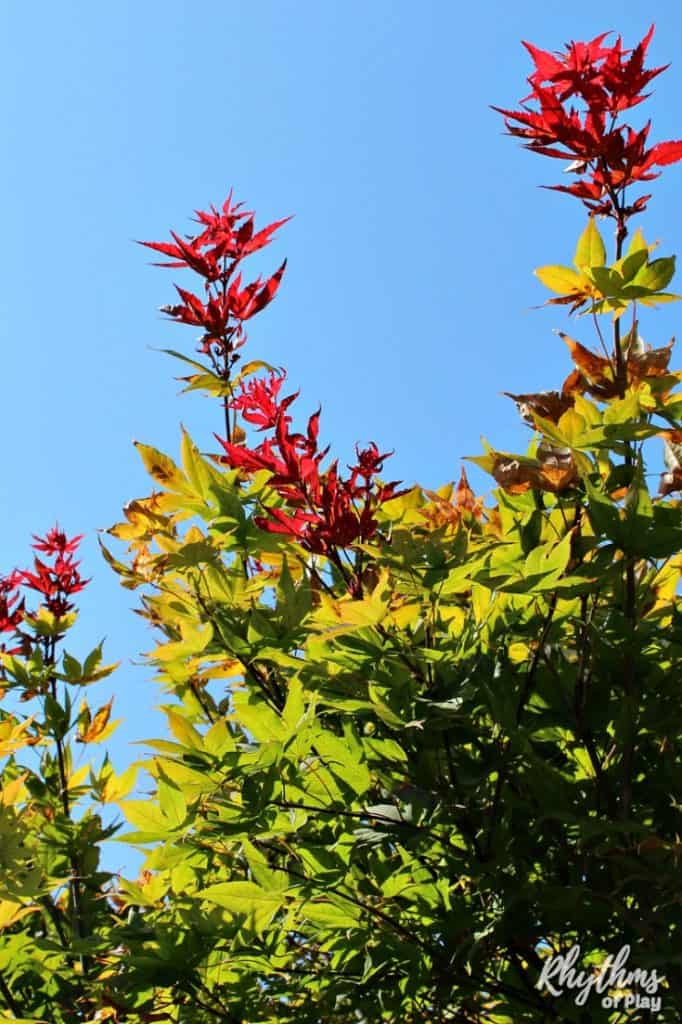
Related: Homemade Pumpkin Cranberry Bread Recipe
Wildlife Signs that Autumn is Approaching: Birds, Animals, Insects, ETC. in the Fall
One of the most spectacular signs of fall is the migration of birds. As the days grow shorter and temperatures drop, many bird species begin their long journeys south to escape the harsh winter. Birdwatchers eagerly await this seasonal event, and it’s a great time to spot various migratory species.
Another common sign of autumn in the animal kingdom is the frenzied nut-gathering behavior of squirrels during the fall. They scurry around the forest, parks, and even your backyard, collecting and burying acorns, walnuts, and other nuts. This behavior, known as caching, helps them prepare for the winter when food is scarce. So, watch for squirrels busily stashing away their winter supplies because it is a sure sign of fall.
Likewise, the remaining signs of fall in the animal kingdom, bird kingdom, etc. below help to illustrate the intricate ways wildlife responds to the changing seasons. Observing these behaviors and interactions can provide a deeper connection with the natural world and a greater appreciation for the beauty of the changing seasons.
Signs of fall in the animal kingdom:
- Our pets and local wildlife begin to shed less and grow thicker fur to prepare for the cold months of winter.
- By the end of the fall, animals in colder climates often have an entirely different winter coat than those in the warmer summer months.
- Squirrels, small birds, and many other animals go on a gathering frenzy as they collect, gather, and stash their winter food stores.
- Mammals that hibernate for the winter, such as bears and hedgehogs, are likely to be spotted eating to build up their fat stores for hibernation.
- In the fall, bears enter a phase known as hyperphagia, during which they consume massive amounts of food to build up fat reserves. This increased bear activity can lead to more bear sightings, especially near food sources like berry patches and salmon streams.
- Animals such as bats, deer, elk, and wild boar are looking for mates and mating. (In the late summer and early fall, many animals engage in courtship rituals by calling to attract mates or battling with other eligible suitors.)
- Bats sing for their mates around the entrances to caves and tunnels.
- The distinctive call of frogs and toads can be heard around bodies of water, such as ponds and wetlands.
- You might hear the bugling of the bull elk looking for a mate.
- While male deer and wild boar fight other males for a mate.
- Fall is the mating season for deer, known as the rut. During this time, male deer, or bucks, become more aggressive as they compete for the attention of females. You might hear the echoing sounds of antlers clashing as they battle for dominance.
Signs of Fall in the Bird Kingdom and Other Wildlife
- Flocks of birds migrate south for the winter (geese, swallows, hawks, hummingbirds, etc.)
- Keep an eye out for V-shaped formations of geese, flocks of warblers, and other species in flight as they make their way to warmer climates.
- Invertebrates such as butterflies and ladybugs begin to seek shelter for hibernation in the cooler months.
- Spiderwebs and Orb-Weaving Spiders.
- Fall is when orb-weaving spiders are more active, so you might notice intricate spiderwebs glistening with dew in the early morning (and their Halloween decoration counterparts adorning your neighbor’s front porch).
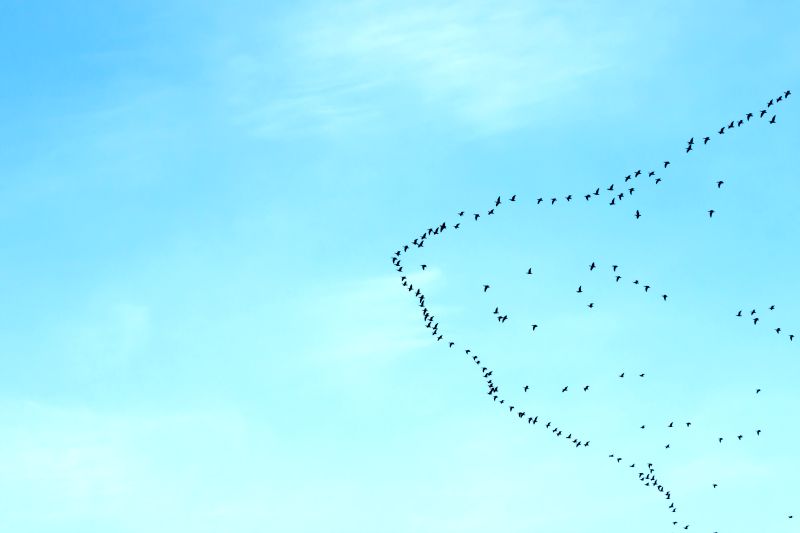
Related: Nature Sensory Bin Scavenger Hunt for Kids
Other Signs that Fall is on its Way
Except for warmer climates near the equator, the arrival of fall means it’s time to slip into your coziest sweaters and scarves, dust off your favorite boots, sip on a pumpkin spice latte, and bake pumpkin bread. Here are a few more random signs that fall has arrived:
Random signs of fall:
- Your energy bill is lower as the air conditioner is needed less and less.
- People are seen raking and cleaning leaves.
- Football season begins.
- There are fewer people on beaches and at pools.
- Fall decor begins to appear.
- Halloween decorations pop up all over the neighborhood, and Halloween costumes and decorations are available in stores.
- Pumpkin spice is everywhere!
More Seasonal Scavenger Hunts for Kids
Search for the signs of each season throughout the year with children.
- Search for Signs of Winter Scavenger Hunt for Kids
- Winter Scavenger Hunt
- Signs of Spring Scavenger Hunt for Kids
- Spring Scavenger Hunt
- Search for Signs of Summer Scavenger Hunt for Kids
- Summer Scavenger Hunt
Signs of Fall Scavenger Hunt for Kids
As the summer wanes and the fall equinox approaches, it’s prime time to get outside and look for the seasonal changes occurring all around. Fall is a season of transition and transformation, where nature puts on a spectacular show for all to see.
Embrace the beauty of autumn, and let the signs of fall inspire you to make the most of this magical season. Whether enjoying the crisp air, sipping on a pumpkin spice latte, exploring the outdoors, or collecting natural treasures to transform into autumn nature crafts, the fall offers something for everyone.
So, get out there to enjoy the colorful signs of fall or autumn while they last. Feel free to share any signs of autumn you’ve noticed in the comments below!
You may also like this amazing collection of outdoor learning ideas and nature activities for kids or these fall activities with a printable fall bucket list.
This post is a part of the Get Outside & Connect series. For more information, click on the link.
Learn more about Rhythms of Play HERE! Happy fall, everyone!
MORE SCAVENGER HUNT IDEAS FOR KIDS
- Fall Scavenger Hunt for Kids
- Nature Sensory Bin Scavenger Hunt
- Seasonal Nature Scavenger Hunt Ideas
- Sensory Card Nature Scavenger Hunt
- Bird Scavenger Hunt Ideas (Included in Birding for Kids)
- Signs of Summer Scavenger Hunt
- Signs of Winter Nature Scavenger Hunt
- Search for the Signs of Spring Scavenger Hunt

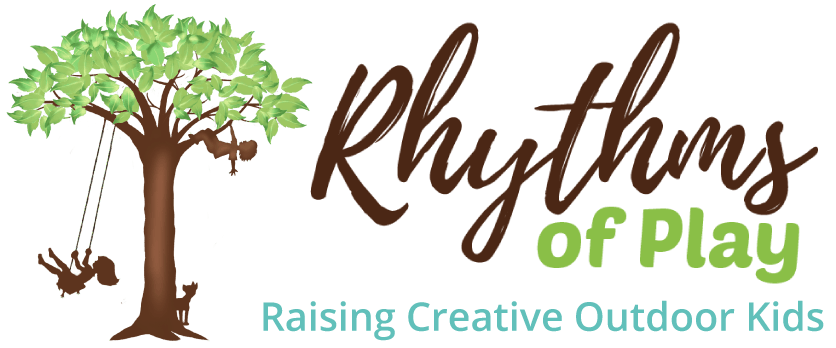
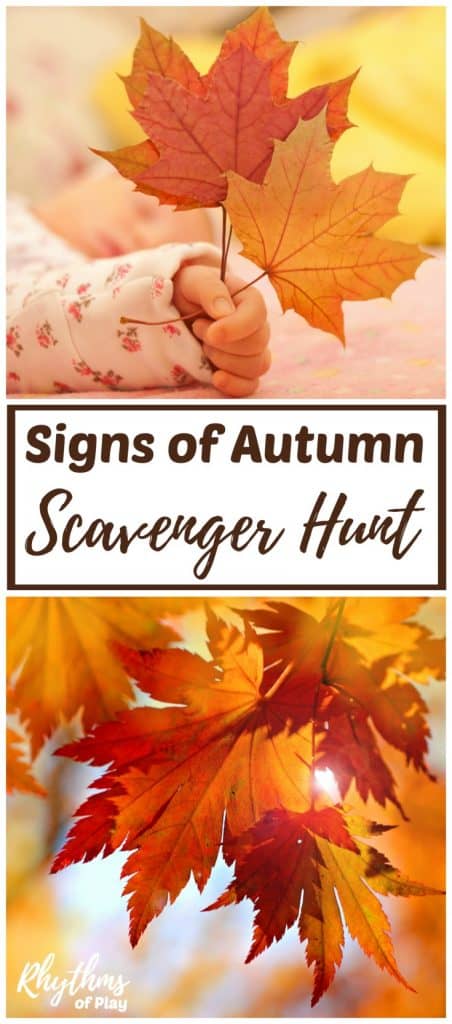
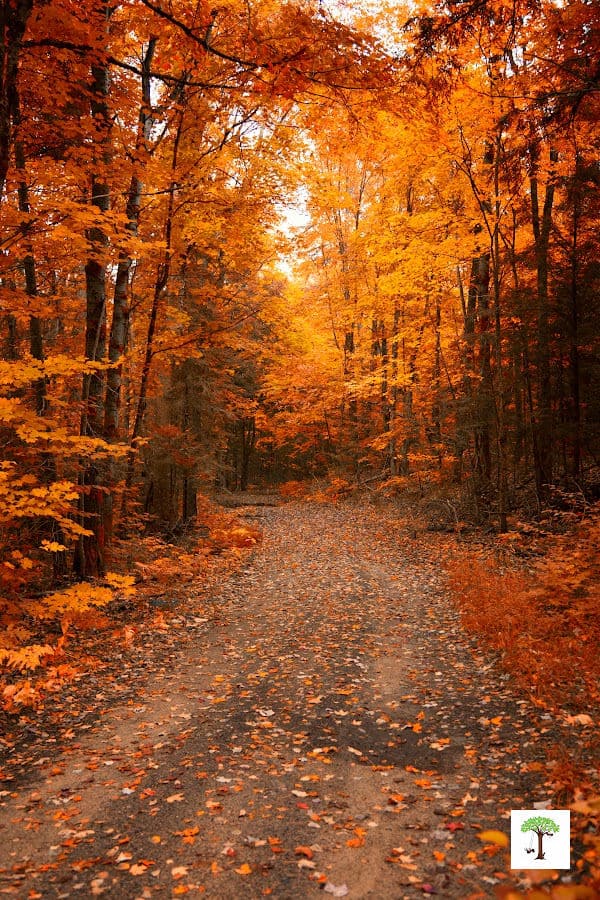
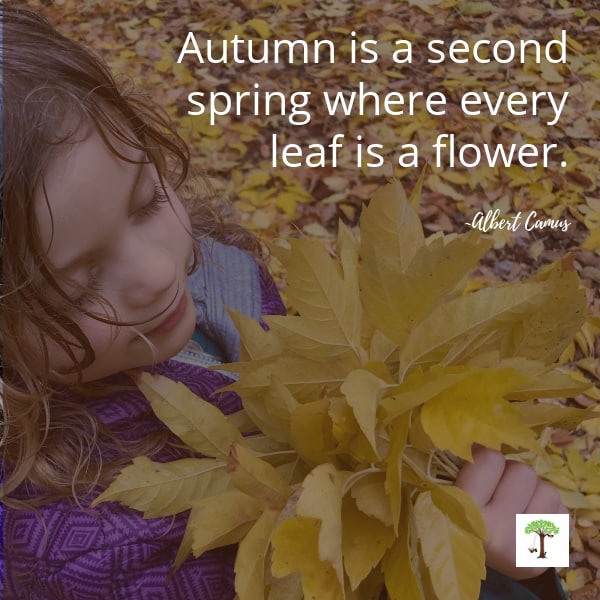
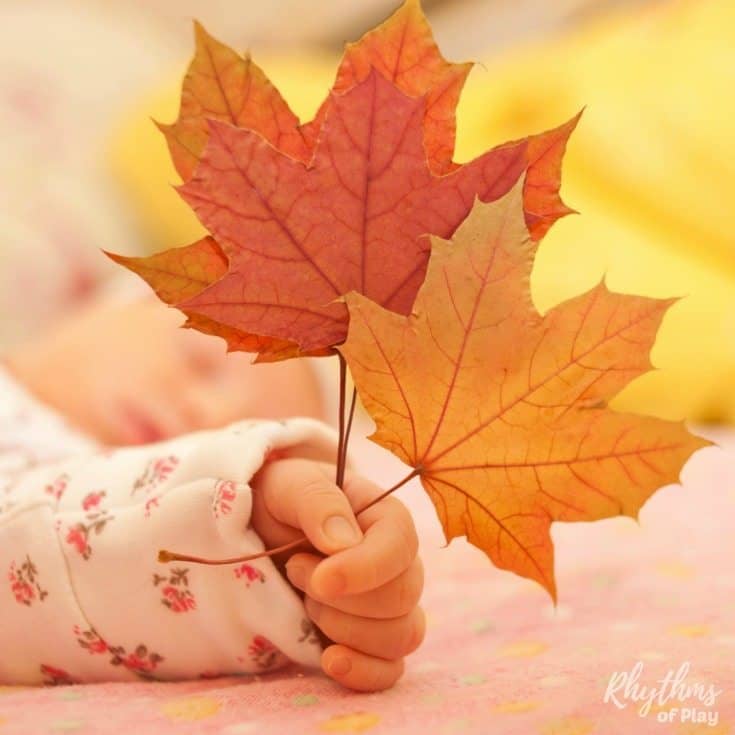
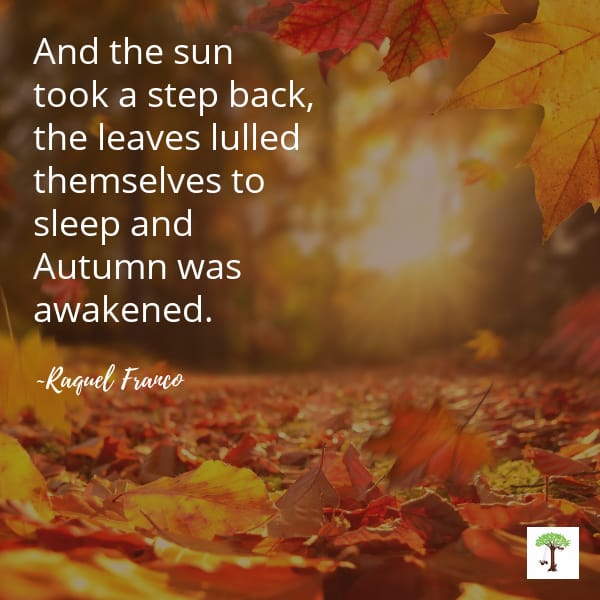
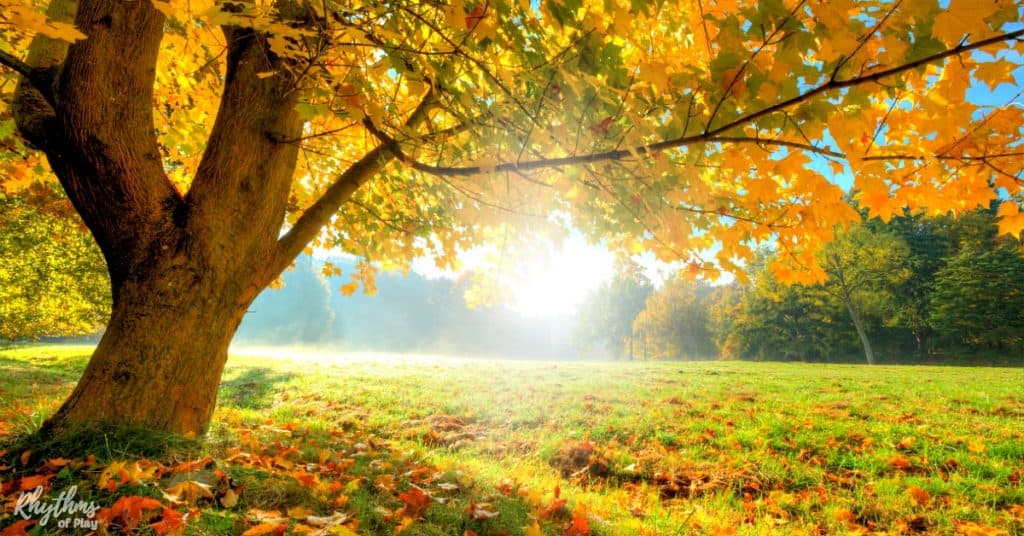
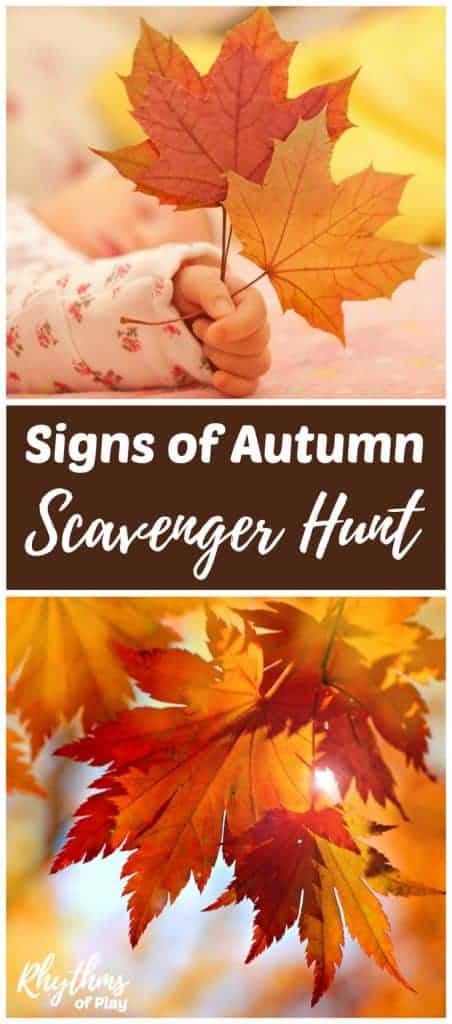


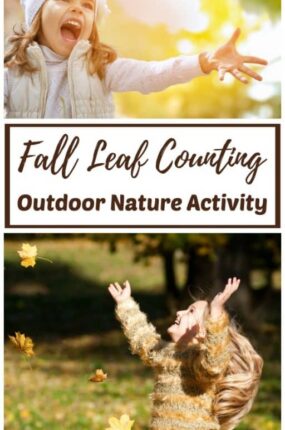
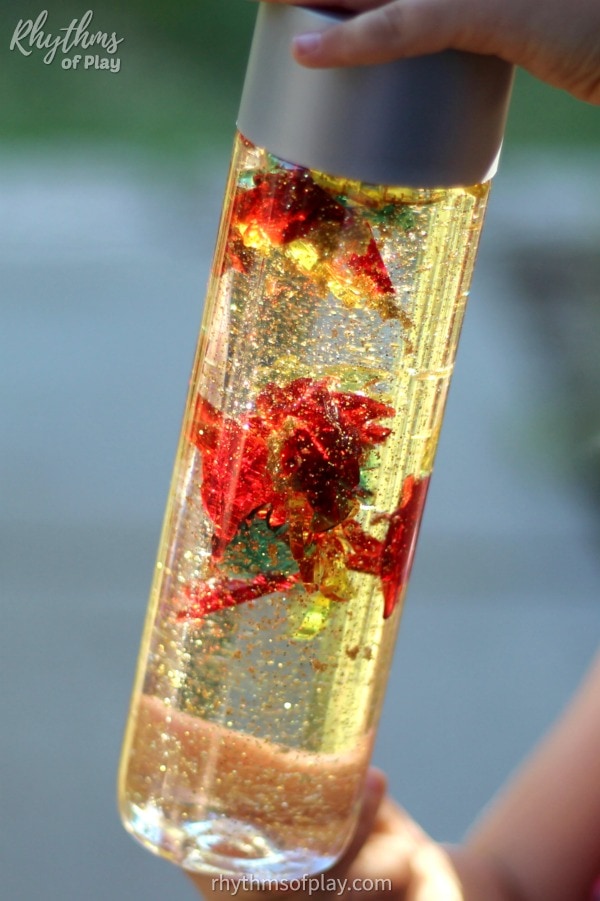

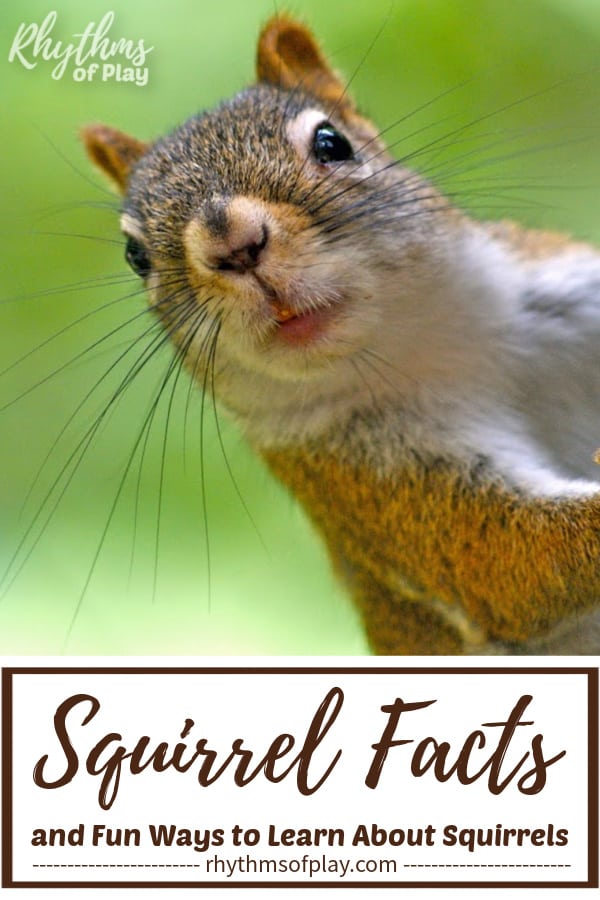
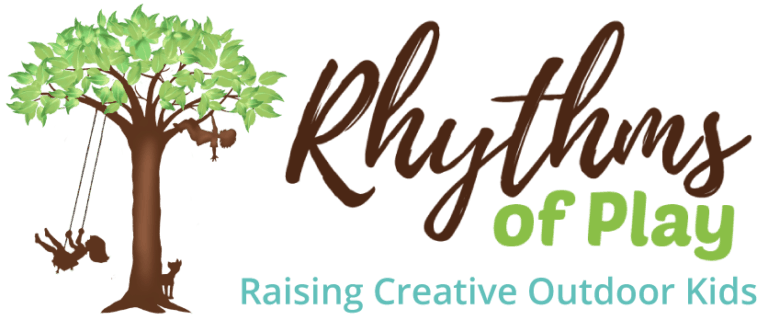
Sign of Fall:
A brief comment.:
Cooler days and evenings are a big plus to my energy, outlook and positive daily flow in my business life, along with personal enthusiasm for gathering with friends in the early evening outdoors for social, wine, sharing of life’s stories. No longer hot, sticky nights. Guess I’m feeling the heat a lot more than when I was 50!
I love the Fall colors, the brisk breezes and a sense of cleaner air.
FALL & Winter are my favorite months. I was born in December, so it may be just a natural appreciation.
Thanks, Allison! I find that the cooler days of autumn bring a crisper outlook as well. When the hot days of summer become the cooler crisper days of autumn it leaves (pun intended) room to think again. Thank you for sharing this observation.